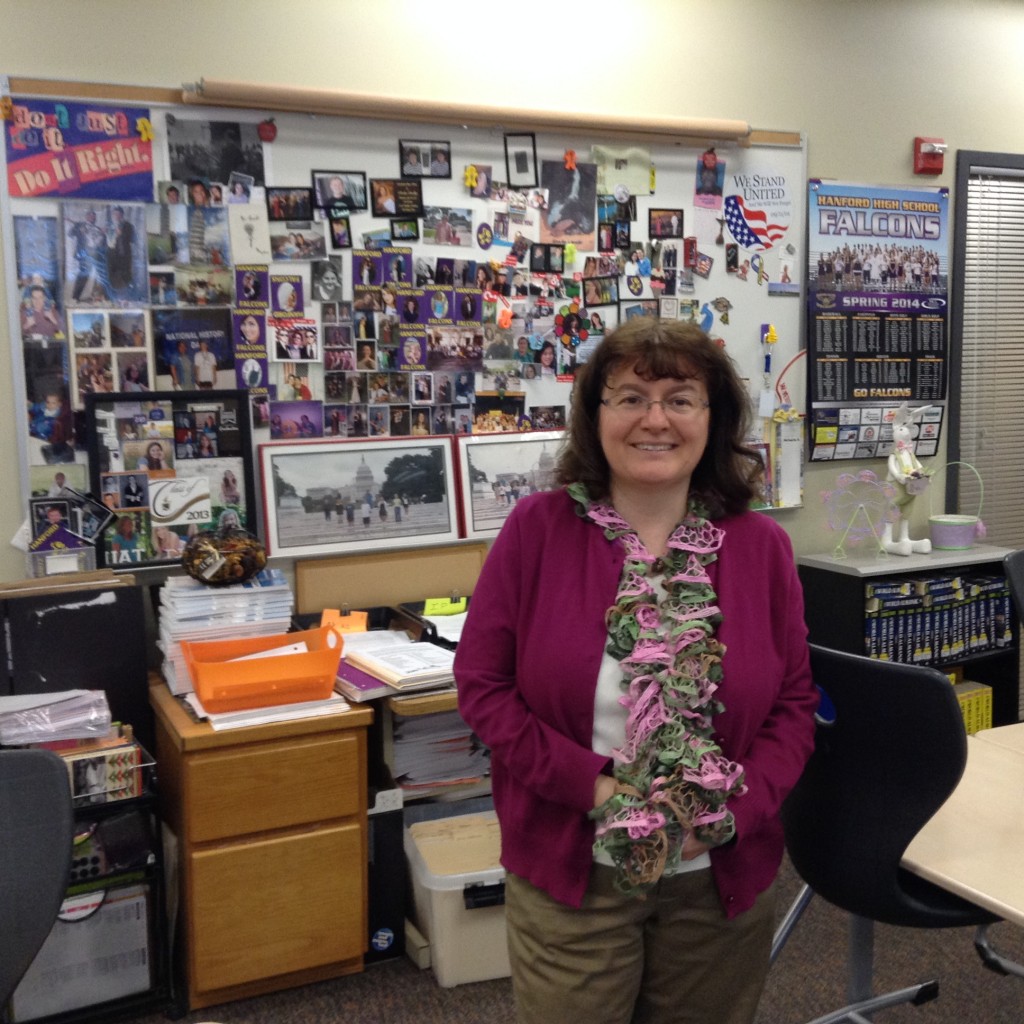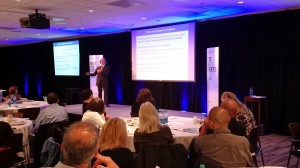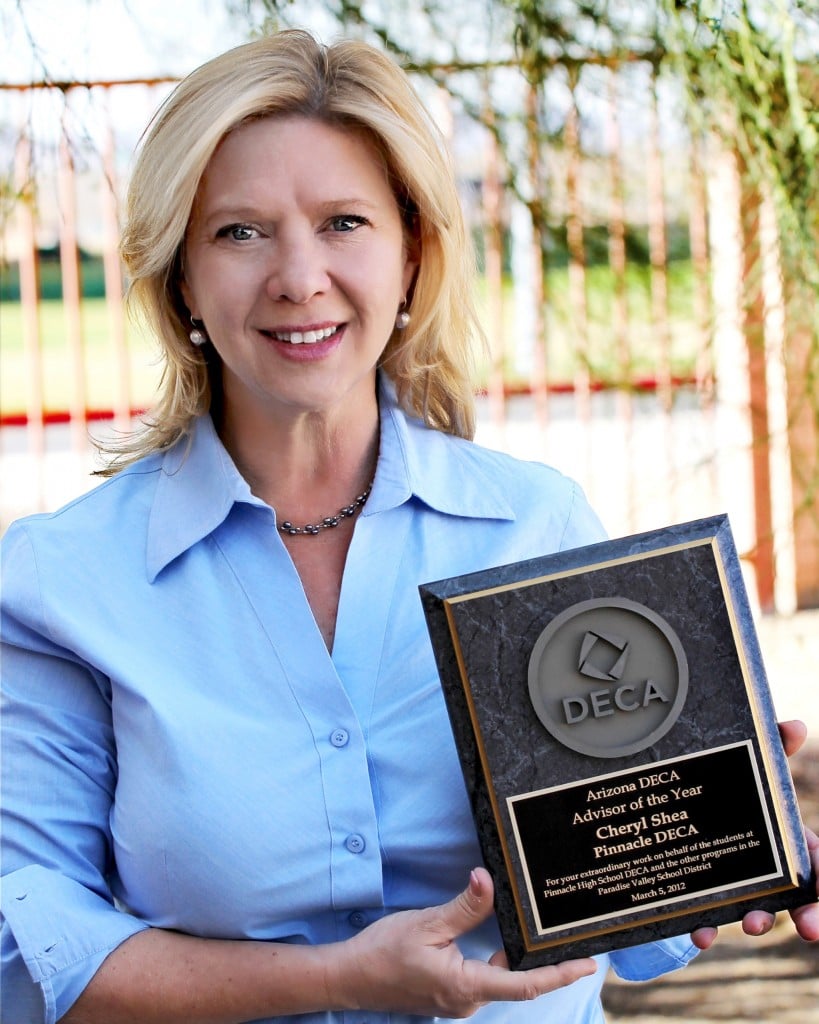We’re delighted to have brought our Education Advisory Group for 2015 on board! Twenty-two teachers from diverse personal and professional backgrounds will be with us through November, and their work will include providing feedback on content ideas, teaching activities, SF Fed economic education resources, the use of technology, and best practices related to teaching about the Federal Reserve and the U.S. economy.
The group includes five community college and seventeen high school educators from both public and private schools with 1 to 24 years of experience teaching economics (of course!), government, business, marketing, and mathematics. There is representation from nearly all states in the 12th District.
Early last month, the EAG kicked off their work by attending a professional development conference at our Head Office in San Francisco. The conference agenda included an in-depth discussion on the purposes and functions of the Fed, an economic outlook from Senior Outreach Economist Liz Laderman, and a tour of cash operations, the Fed Center, and our American Currency Exhibit.
The group also dove into economic education content with a feedback and brainstorming session around our soon-to-be-launched Chair the Fed game on monetary policy (currently known as The Fed Chairman Game).
All that serious learning and hard work was capped off with a lively networking reception so that everyone could get to know their fellow EAG members and the SF Fed Econ Ed staff!










